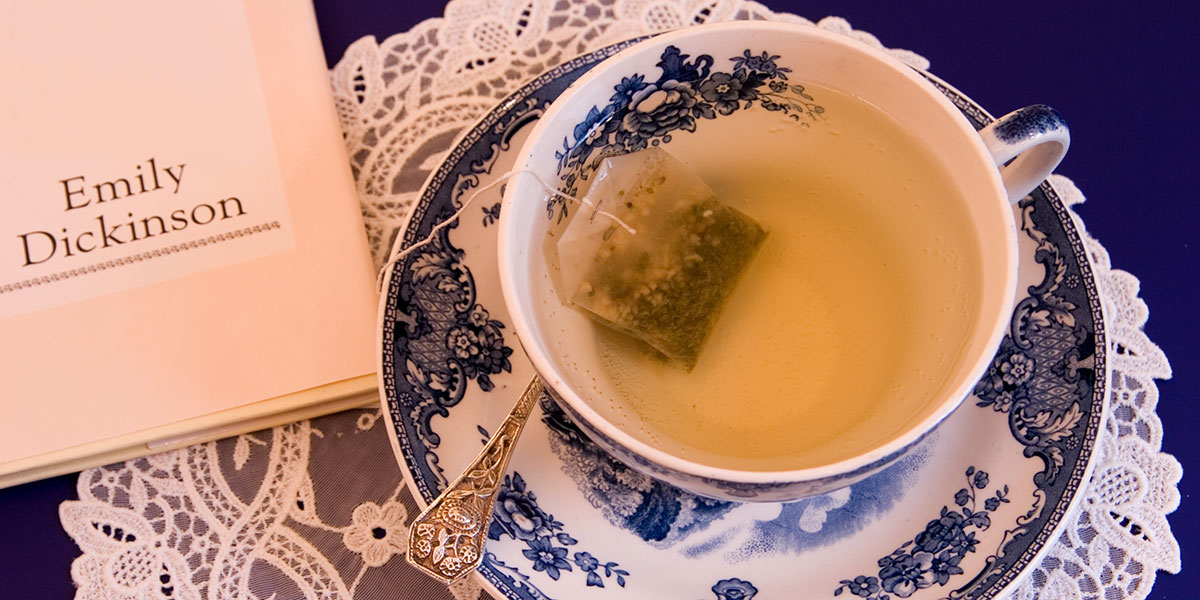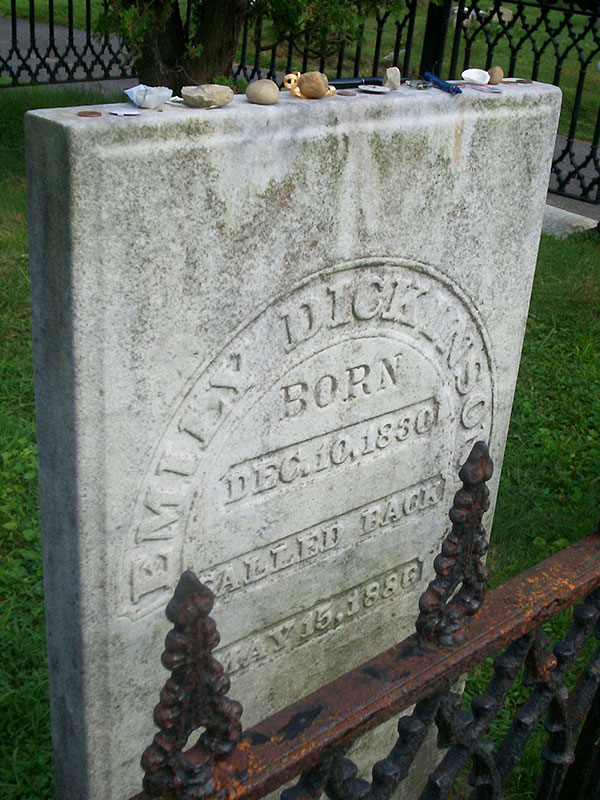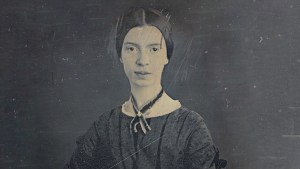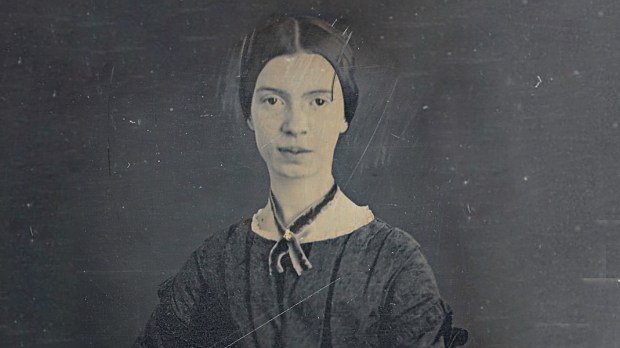Emily Dickinson is, according to the Poetry Foundation, “one of America’s greatest and most original poets of all time.” Many people are familiar with at least one or two of her poems, such as “Because I Could Not Stop For Death” or “Hope Is the Thing With Feathers.” However, despite the fame she enjoys today, in life she was something of a recluse, remaining in obscurity beyond the circle of her friends and acquaintances with whom she shared some of her poems — the vast majority of which were only published posthumously. This past December 10 was the 187th anniversary of her birth, so we take a moment here to share 10 interesting facts about her life …
1. She spent the last 15 years of her life locked up in her house. Historians do not know for sure the reason for her isolation. Some believe it was because it gave her greater autonomy while writing; others maintain that it was because she suffered from anxiety and/or depression, like her mother.
2. Only between seven and 10 of her poems were published while she was alive, and the majority were published anonymously and without her consent. After she died, it was her younger sister, Lavinia, who found all the notebooks with her poems in her room.
3. One of the books that left a mark on her life was Jane Eyre by Charlotte Brontë.

4. She was not at all sociable. She never married, never had children, and did not even like to see her friends in person; rather, she preferred to communicate with them and with her family through letters (despite the fact that her brother lived next door).
5. She loved gardening. On her family’s property, she planted hundreds of flowering plants and trees of all kinds. She likewise personally took care of her greenhouse. Thus, it is not at all surprising that she makes references to plants in several of her poems.
6. It is a myth that she only wore white clothing. While it is true that, before dying, she was often seen wearing a white dress, and asked her family that she be buried in a coffin of the same color, in her letters she also refers to a brown dress, and there are photographs of her wearing dark clothes.
7. Although she studied at a college for women that sought to instill religious faith and went regularly to church until she was 30 years old, she had a conflicted relationship with the faith of her family and society (mostly Congregationalist); as an adult, she did not identify as Christian, and her poems reflect at times a certain preference for science. Nonetheless, her poems also reveal her belief in the existence of God and the realm of transcendence, and a complex, albeit unconventional, spirituality.

8. Although she never married, in her three “Master Letters” (written between 1858 and 1862) it is implied that she loved a man whose identity remains a great mystery to us today. Scholars disagree as to whether it was her mentor, her pastor, the editor of a newspaper, or an Amherst student. Approximately 20 years after she wrote the last of those letters, a friend of her father who was a widower, Judge Otis Lord, sought her hand in marriage, but he died the following year without the issue being settled.
9. She did not travel. The only time she left her native Amherst (Massachusetts) was to go to Boston, 12 years before her death.
10. She died on May 15, 1886 at her home in Amherst. Even today, the true cause of her death is unknown. Some say it was due to kidney disease, but more recent studies have suggested that it was due to high blood pressure. Initially, her tombstone was only engraved with her initials E.E.D. (Emily Elizabeth Dickinson), but later her niece, Martha Dickinson Bianchi, had another tombstone made with her full name, her date of birth and the date of her death, and the phrase “Called Back,” a reference to the novel of the same name by the writer Hugh Conway, one of Dickinson’s favorites; those two words were the last and only words that Emily Dickinson wrote in a letter to her cousins shortly before her death.

Read more:
The transcendental world of Emily Dickinson, in a single poem

Read more:
Emily Dickinson’s profoundly Catholic view of our place in the world
This article was originally published in the Spanish edition of Aleteia, and has been translated and adapted here for English-speaking readers by Martha Fernández-Sardina.

